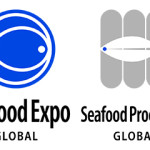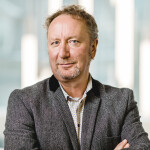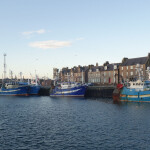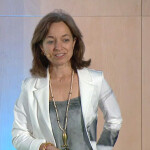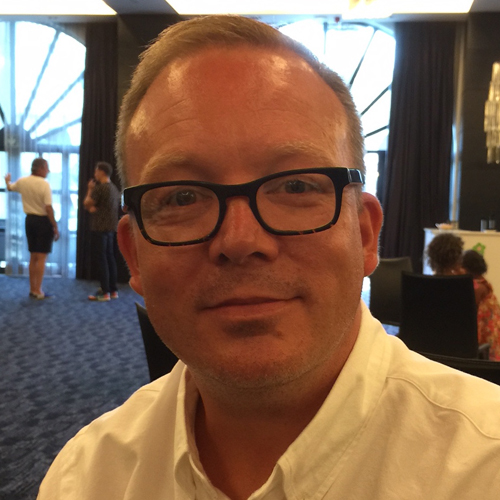Cost improvements and another three months of high salmon prices helped SalMar achieve total operational earnings before interest and taxes (EBIT) of NOK 878.6 million (USD 105.3 million, EUR 90.5 million) in the second-quarter of this year, down from NOK 983 million (USD 117.9 million, EUR 101.3 million) in Q2 2017.
The Norway-headquartered producer would have posted even better results had some 45 percent of the quarter’s volume not been sold on long-term fixed price contracts that were lower than the record high prices. This led to its sales and processing segment making an operating loss of NOK 150 million (USD 18 million, EUR 15.5 million) in the quarter, although company CEO Olav-Andreas Ervik said such results “are normal and part of our business.”
The contract rate for Q3 2018 stood at 35 percent on 23 August.
Ervik highlighted that good fish health and welfare were fundamental to all of SalMar’s strategic and operational decisions, and that on this basis the company was constantly seeking new methods and solutions to help ensure continued sustainable growth within the aquaculture industry.
“Our vision is to produce salmon on the salmon's own terms. We have already invested above NOK 700 million (USD 83.9 million, EUR 72.1 million) in [offshore farming system] Ocean Farm 1, and have recently entered into a strategic collaboration with regard to the ‘Smart Fish Farm,’ a development project that could bring offshore fish farming another step forward,” he said.
Meanwhile, the company’s gross operating revenues for the last quarter totaled NOK 2.9 billion (USD 347.7 million, EUR 298.8 million), which was on a par with Q2 2017. A total of 34,000 metric tons (MT) was harvested in the three-month period, compared with 35,000 MT a year previously.
The average salmon price (NASDAQ) for the quarter was NOK 68.81 (USD 8.25, EUR 7.09) per kilogram, up NOK 0.98 (USD 0.12, EUR 0.10) from Q2 2017. SalMar's overall EBIT per kg totaled NOK 25.80 (USD 3.09, EUR 2.66) in the quarter, down NOK 2.31 (USD 0.28, EUR 0.24) from the same period in 2017.
SalMar reported that its Fish Farming Central Norway segment's biological performance in the quarter was good, with the cost of the harvested biomass falling steadily through the period.
The last remaining fish transferred to the sea in the fall of 2016 were harvested in April. Otherwise, the volume harvested was fish transferred to the sea in spring 2017. These stocks have continued the positive development and are therefore harvested at a lower production cost than the previous generation, it said.
Fish Farming Northern Norway's costs rose in the second quarter, largely as a result of costs related to sea lice. However, a high average weight, combined with a favorable harvesting profile through the quarter, contributed to good price achievement. This segment is expected to harvest a relatively low volume in Q3 2018.
Lower volumes could affect fixed-costs per unit, and SalMar expects the segment's cost level to remain unchanged from the second to the third-quarter.
SalMar expects to harvest around 143,000 MT in Norway in 2018: 100,000 MT in Central Norway and 43,000 MT in Northern Norway. Norskott Havbruk (Scottish Seafarms) and Arnarlax are expected to harvest 26,000 MT and 6,700 MT respectively in 2018.

